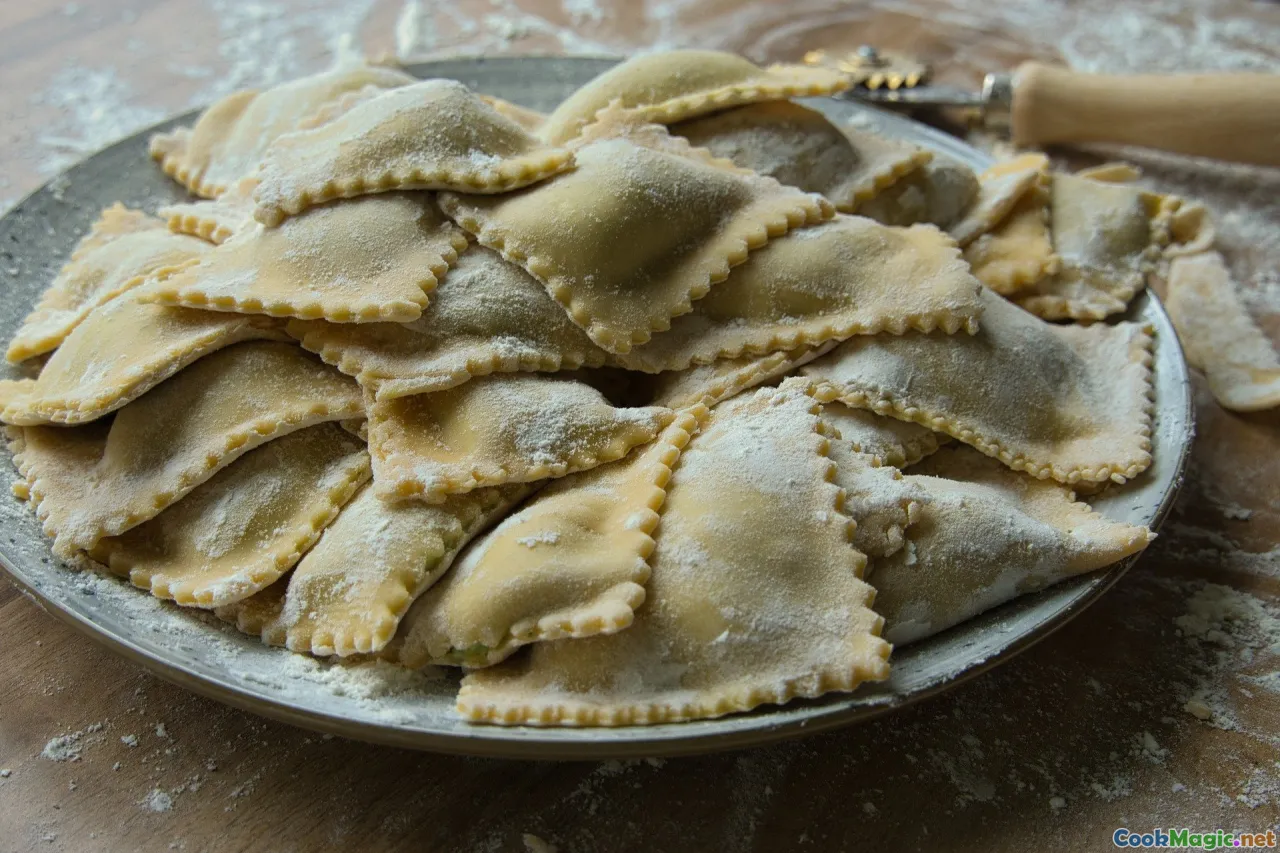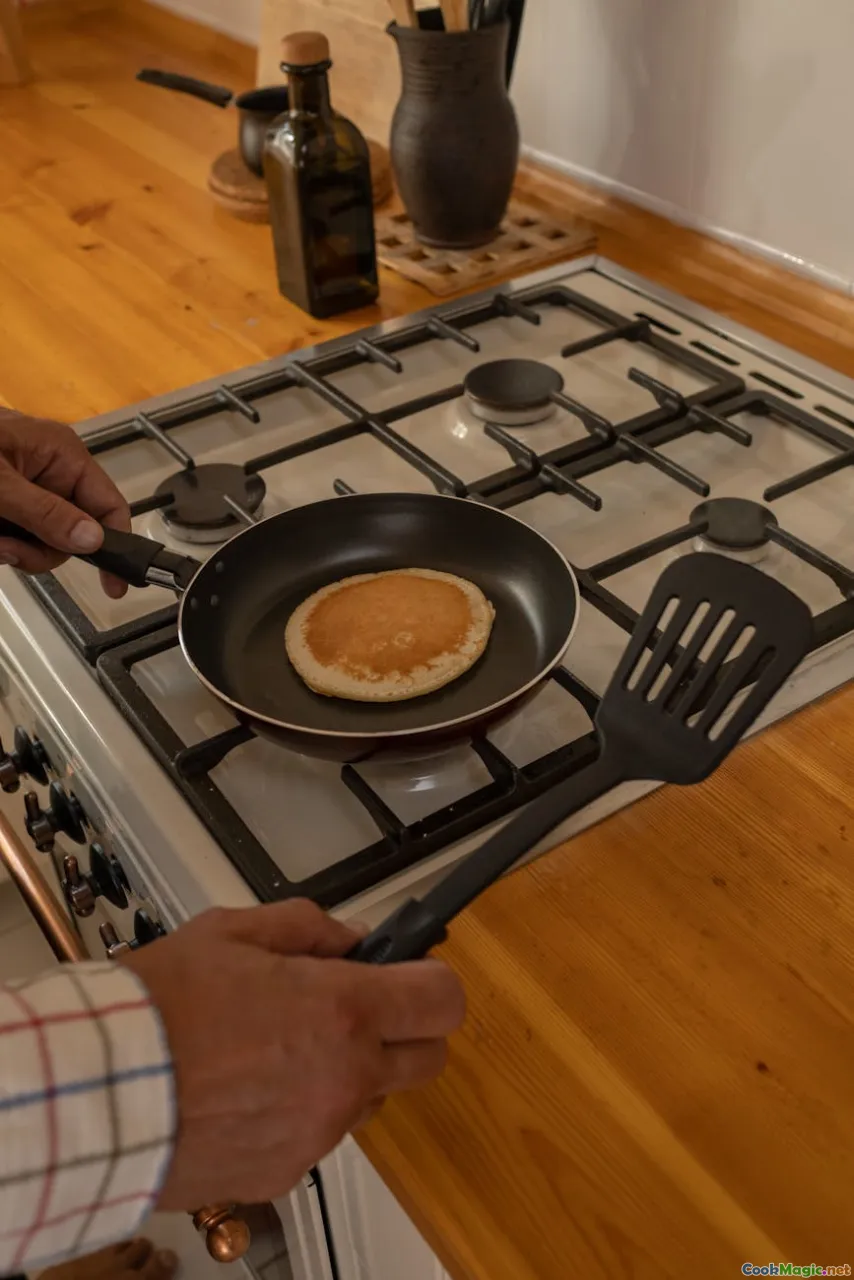Common Mistakes When Preparing Spanish Tortilla
12 min read Identify and avoid common errors to master the perfect Spanish tortilla with authentic flavor and texture. September 26, 2025 03:05
Common Mistakes When Preparing Spanish Tortilla
Imagine stepping into a lively tavern in the heart of Madrid or strolling through the bustling La Boquería market in Barcelona. The aroma of freshly cooked tortillas fills the air—golden, slightly crispy, with a tender, almost souffle-like interior—and evokes memories of family gatherings, slow weekend mornings, and vibrant festivals. Yet, despite its simple list of ingredients—eggs, potatoes, onion, and olive oil—mastering the Spanish tortilla can be surprisingly elusive. For many home cooks and even seasoned chefs, missteps can easily turn this emblematic dish into a bland or greasy disappointment.
This guide uncovers the common pitfalls encountered when preparing the quintessential Spanish tortilla, drawing from culinary traditions, personal insights, and the rich cultural context behind this beloved dish. By understanding what not to do, you'll be able to craft tortillas that are sliceable works of art—crispy at the edges, soft and fragrant inside, just as they are served across Spain’s tapas bars.
Overly Wet or Under-cooked Potatoes

One of the most persistent mistakes is ending up with potatoes that are either undercooked or overly moist within the finished tortilla. Fresh potatoes contain a high water content, and insufficient cooking or improper drainage can sabotage the texture. The goal is to have tender, silky potato slices that melt softly with each bite, but not mushy or soggy.
How to avoid this:
- Slice potatoes uniformly about 1/8 inch thick to ensure even cooking.
- Use low to medium heat to gently cook the potatoes, allowing them to soften gradually without frying too fast or browning too dark.
- Salt the potatoes during cooking to draw out moisture, then drain thoroughly through a fine sieve or paper towels, pressing gently to remove excess water.
- Consider par-cooking the potatoes partially in the pan before adding the onion, giving you more control over their texture.
Personal insight: In Madrid’s traditional ‘bar de tapas,’ the secret lies in slow, patient cooking —allowing the potatoes to achieve a delicate balance between softness and firmness—before combining with beaten eggs.
Overcrowding Pan and Uneven Cooking

Many cooks fall into the trap of overcrowding the pan, resulting in unevenly cooked potatoes and onions, as well as steaming rather than frying. Overcrowding creates a chilled environment, preventing the potatoes from crisping up and allowing excess moisture to accumulate.
Tips for success:
- Use a spacious, preferably non-stick, pan or a well-seasoned cast iron skillet.
- Cook the potatoes in manageable batches if necessary, then combine them all before mixing with eggs.
- Maintain a consistent, gentle heat—too high and you risk burning, too low and browning won't develop.
- Stir occasionally, but gently, to promote even cooking.
Storytelling: Whenever I visit the Basque Country, I notice the meticulous attention to how the potatoes and onions are layered in the pan. Locals often cook in small batches, building a delicious crust on each batch before combining — patience that's truly rewarded.
Rushing the Egg Mixing Stage

Another common mistake is rushing the mixing process or failing to combine the eggs thoroughly with the cooked potatoes and onions. Under-mixed ingredients can lead to uneven flavors and a stringy, unpalatable texture.
Best practices:
- Lightly beat the eggs until just combined with a whisk or fork; avoid over-beating, which can create a tough texture.
- When mixing the eggs with the potatoes and onions, do so gently—aim to coat each piece evenly without breaking the potatoes apart.
- Let the mixture rest for about 10 minutes before cooking. This encourages the flavors to meld and helps the eggs to fully envelop the ingredients.
Pro tip: Some chefs in Sevilla prefer adding a splash of milk or a bit of grated cheese—just a teaspoon—at this stage, to create a richer, more tender interior.
Flipping the Tortilla Without Precaution

Flipping the perfect Spanish tortilla is an art in itself. Many novices attempt to invert the tortilla in the pan or onto a plate without proper preparation, leading to breakage, messy presentations, or uneven cooking.
How to flip successfully:
- Use a large plate or a flat lid larger than your pan to flip the tortilla confidently.
- Gently slide the cooked side onto the plate, then carefully invert it back into the pan to cook the other side.
- For a more controlled approach, cook the edges for a minute to firm them up before flipping.
- Consider the ‘baking’ method: finish the tortilla in the oven if you’re worried about flipping — this is common in professional kitchens.
Personal anecdote: I once watched a seasoned chef in Salamanca flip a tortilla with such finesse that the dish emerged intact, and the texture was picture-perfect—crisp at the edges with a moist, fluffy interior. Practice makes perfect.
Neglecting the Traditional Restrictions on Thickness

Traditional Spanish tortillas are typically about 1 to 1.5 inches thick. Many cooks err by making the tortilla too thin or too thick, which impacts taste and texture.
Why it matters:
- A thin tortilla often becomes dry and crispy, losing the soft, custard-like interior characteristic of a true Spanish tortilla.
- An overly thick version may be doughy in the middle, with uneven cooking.
Tip:
- Aim for a medium thickness, ensuring that the shape holds well when sliced, and the interior remains tender without being raw.
- Use a ring mold or a measuring tool if needed to maintain consistency.
In coastal regions of Valencia and Andalusia, the tortilla's humble thickness reflects its role as comforting street fare—bite-sized, perfectly balanced, and soul-satisfying.
Underseasoning or Over-seasoning

Seasoning might seem trivial, but it makes all the difference. Underseasoned tortillas taste bland, while excessive salt or spice can overwhelm the subtle flavors.
Recommendation:
- Season the potatoes during cooking with salt; taste the oil and potatoes directly to gauge salt level.
- Incorporate freshly ground black pepper, and consider adding chopped parsley or a pinch of smoked paprika for authentic flavor.
- Remember: Less is more—taste as you go.
A well-seasoned tortilla embodies the essence of Andalusian gastronomy—simple ingredients elevated through thoughtful seasoning, creating layers of flavor that evoke warmth and tradition.
Overcooking or Overbaking

A common mistake in modern adaptations is overbaking the tortilla, especially when finishing in an oven. This results in a dry, crusty exterior and a loss of the soft, moist interior that makes the dish special.
Approach:
- Monitor the cooking process closely; the tortilla is ready when the center no longer jiggles and the edges are golden.
- If baking, remove once the top is lightly browned, and the sides are crisp.
- Rest the tortilla for a few minutes post-cooking; this allows the interior steam to settle, contributing to its signature moistness.
Many traditional Spanish kitchens, from the narrow alleys of Sevilla to the rustic kitchens of Extremadura, favor stovetop finishings over baking—ensuring a kata-like balance in crust and crumb.
Not Letting the Tortilla Rest

Finally, the crucial step many skip is proper resting time, which solidifies the flavors and texture.
Why it matters:
- Resting for 10-15 minutes after cooking allows the internal flavors to meld and the custard to firm up.
- Cutting into a hot, freshly cooked tortilla often results in a mess—slices fall apart, and juices run out.
Tip:
- Cover the tortilla lightly with a clean cloth and let it sit at room temperature.
- Serve at room temperature or slightly warm to preserve its delicate balance.
In the picturesque towns along Spain’s northern coast, families often prepare tortillas in the early morning, letting them rest before slicing for breakfast — the aroma promises a hearty, soulful bite.
Crafting an authentic Spanish tortilla is, above all, about patience, respect for tradition, and a keen eye for detail. Each mistake gently reminds us that cooking is a dance of textures, flavors, and timing—one that is deeply intertwined with culture and history. When done right, this humble dish transforms into a comforting, celebratory centerpiece that tells the story of Spain’s diverse culinary landscape, year after year.
Dare to practice, learn from missteps, and savor every golden slice—your culinary journey through Spain’s cucina española has only just begun.









